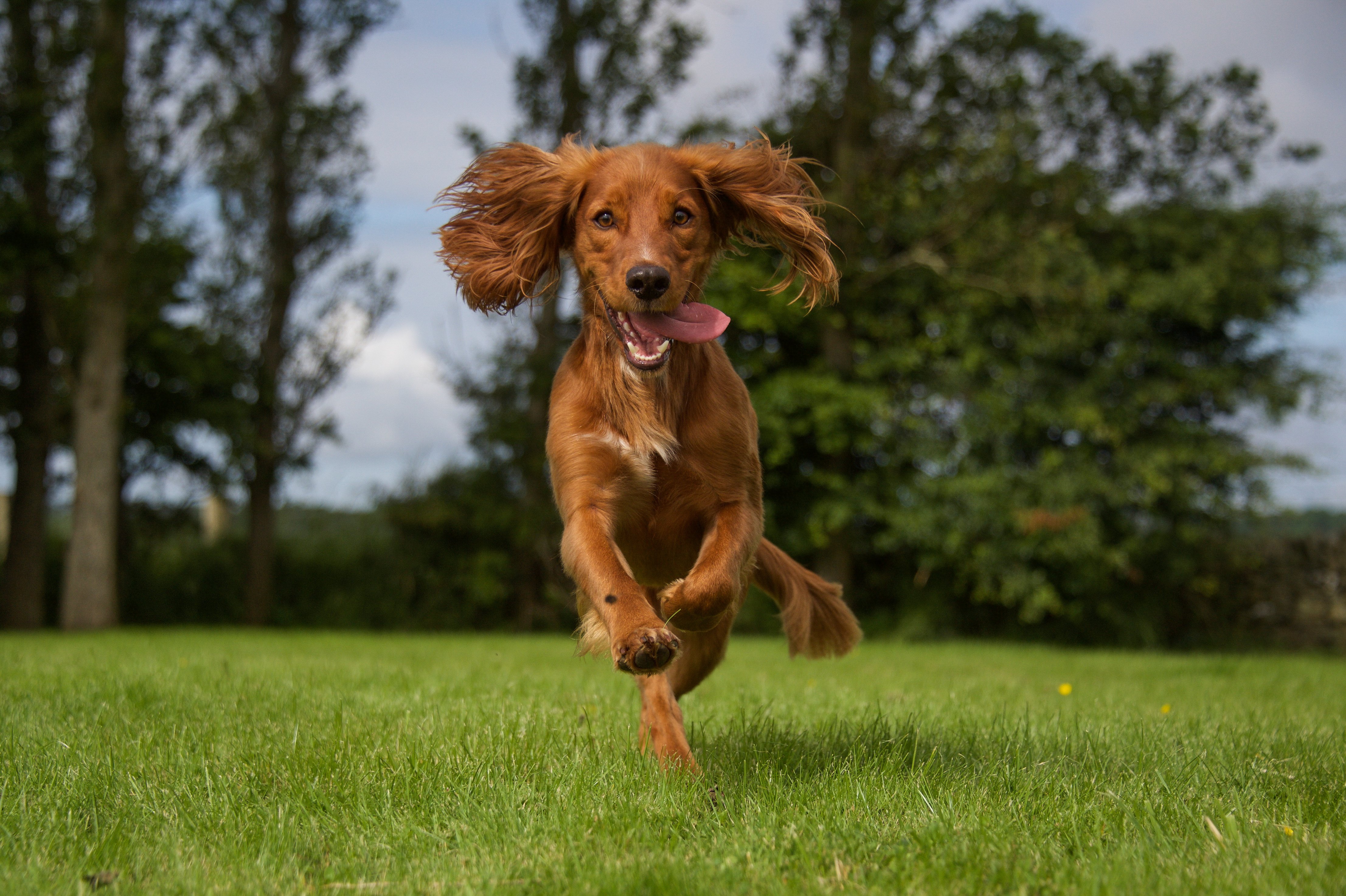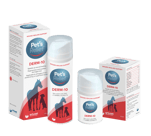
Wounds and Risk Areas in Pets
Whether it’s a minor scrape, a surgical incision, or a cracked paw pad, skin injuries in dogs and cats can be painful and lead to bigger problems if left untreated. Proper wound care at home plays a big role in your pet’s comfort, healing, and overall skin health. Understanding how to care for wounds and protect vulnerable areas—like skin folds, paw pads, and pressure points—can help you prevent infections, reduce irritation, and support faster healing.
Common Types of Wounds in Dogs and Cats
Pets can develop skin injuries for many reasons, from everyday activities to post-surgical recovery. Here are some of the most common wound types you may encounter:
- Trauma wounds – From scratches, bites, or cuts during play or accidents
- Surgical wounds – Require proper aftercare to stay clean and heal smoothly
- Chronic wounds – Often linked to pressure sores or underlying skin conditions
- Burns or ulcers – Can occur from heat, chemicals, or excessive pressure
- Moisture-prone or high-friction areas – Like paw pads, armpits, or skin folds
Areas Most Prone to Irritation and Injury
Some parts of your pet’s body are more sensitive or vulnerable than others, especially in certain breeds or life stages. Keep an eye on these common problem areas:
- Skin folds (especially in Bulldogs, Pugs, and Shar-Peis)
- Paws and between the toes, where dirt and moisture collect
- Elbows and pressure points, especially in large or senior dogs
- Surgical sites, which require gentle cleaning and protection during healing
Key Tips for At-Home Wound Care
Here are some simple ways to care for your pet’s skin and support healing:
1. Clean Gently
Use non-irritating antiseptic solutions like chlorhexidine, saline, or hypochlorous acid to rinse away dirt and bacteria.
2. Keep It Protected
Apply pet-safe creams, sprays, or balms to shield the area and maintain moisture. Keeping wounds clean and slightly moist can support the body’s natural healing process.
3. Manage Sensitive Areas
Clean and dry skin folds and paw pads regularly. Use wipes or balms to prevent moisture buildup that can lead to irritation or infections.
4. Monitor for Redness or Odor
Signs like swelling, strong odors, or discharge may require a vet check to rule out infection.
Pet-Safe Products for Wound Care and Sensitive Skin
The right products can help you manage wounds and protect risk areas without disrupting your pet’s skin balance. Here are some vet-recommended options for everyday care:
Pet’s Relief Derm-10

...is a soothing wound care cream designed to help protect minor skin injuries from contaminants and support the skin’s natural recovery process.
Dermoscent Cicafolia®

...is a lightweight skin repair gel that forms a gentle barrier over cuts and scrapes. It’s ideal for promoting a clean environment and shielding sensitive skin during healing.
Dermoscent BIO BALM®
...is a hydrating and nourishing balm for dry, rough skin on paw pads, elbows, or calluses. Its water-resistant formula provides lasting comfort and protection.
WinterPad®

This protective paw balm is formulated for dry, cracked, or overworked paws—great for cold weather, hot surfaces, or rough terrain.